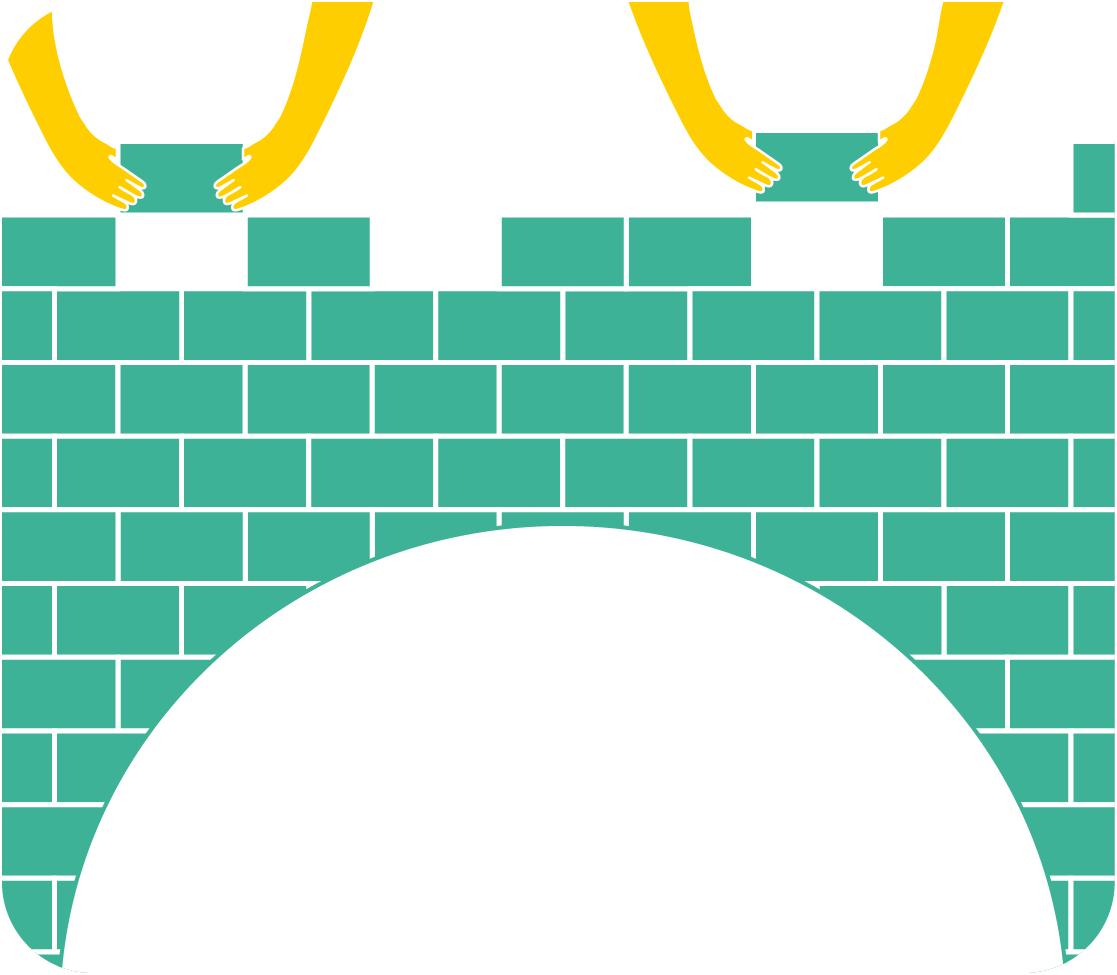Tangram - team puzzles
- Group size:
- up to 30 people
- Class:
- Game time:
- 45 minutes
About game
Does your group like challenges and puzzles? Tangram is a Chinese logic puzzle known for more than 2,000 years, which exercises the ability of deduction, abstract thinking, as well as group work, giving and receiving clues and looking for non-obvious solutions. In doing so, it supports work on communication and facilitates group diagnosis, while being both challenging and fun!
The game supports:
Instructions and scenarios
Expert comments:
This is a great opportunity for individuals to demonstrate non-obvious skills. Children and young people who do not speak the majority language or speak it in a limited way are sometimes judged as less intelligent. This is because they don't have the opportunity to show the full extent of their resources in formal school tasks due to language limitations. This type of game, like a tangram, allows them to show off a new side unknown to others.
Answers to frequently asked questions
- What if the rule about touching only your piece of the puzzle is not followed?
- W jakim momencie wyświetlać podpowiedzi do układanego wzoru?
- Which people in the group are worth paying special attention to during the exercise?
You, as the person who knows the class, know best when the task exceeds the group's capacity. Assess whether participants, after being reminded of the rules, try to follow them, or whether it is beyond their ability to focus or work as a group.
Refer to the rule discussed in the presentation about not touching other participants' puzzle pieces and ask if the group is ready to follow the rule. Offer examples of ways to communicate to others where and how to place a puzzle piece, such as "turn the small triangle like the hands of a clock and move it toward the board."
If the group still doesn't follow the rule after several attempts, you can review it together and establish your own, e.g. that the puzzle is put together by two people, with the others prompting them. The puzzlers change with each new figure.
In the presentation, we have included additional lines for each formula. This is an easy way to moderate the difficulty of the task. Adjust the pace of their display according to the group's work.
It's a good idea to display the extra line when you observe that the participants are having difficulty arranging the pattern, their involvement is decreasing, or they are starting to show fatigue in arranging the pattern or communication difficulties in the group.
If you are not sure whether to display the prompts, you can ask the group if they would like to see an additional line. This way, you'll see if they want to continue with the challenge or if they'd rather move on.
Withdrawn people who are afraid to participate in the discussion - it is worth supporting them and encouraging them to participate, while at the same time reinforcing the whole team to give space to the quieter, calmer participants, whose way of communication makes it difficult to assume the role of leader. You can suggest that a particular person try to put the puzzle together, giving instructions to others on how to put their pieces together.
It's also worth paying attention to the leaders of the group - you can suggest to them (discreetly, not in the forum of the room) to make sure that everyone takes part in the game, and to become observers for the time of arranging a given figure and see if they can listen to the solutions of others, even if they consider their own to be better. You can give them an additional task - to make sure that they exchange ideas and listen to all members of the group (if there are conflicts, they can do this in rotation).











